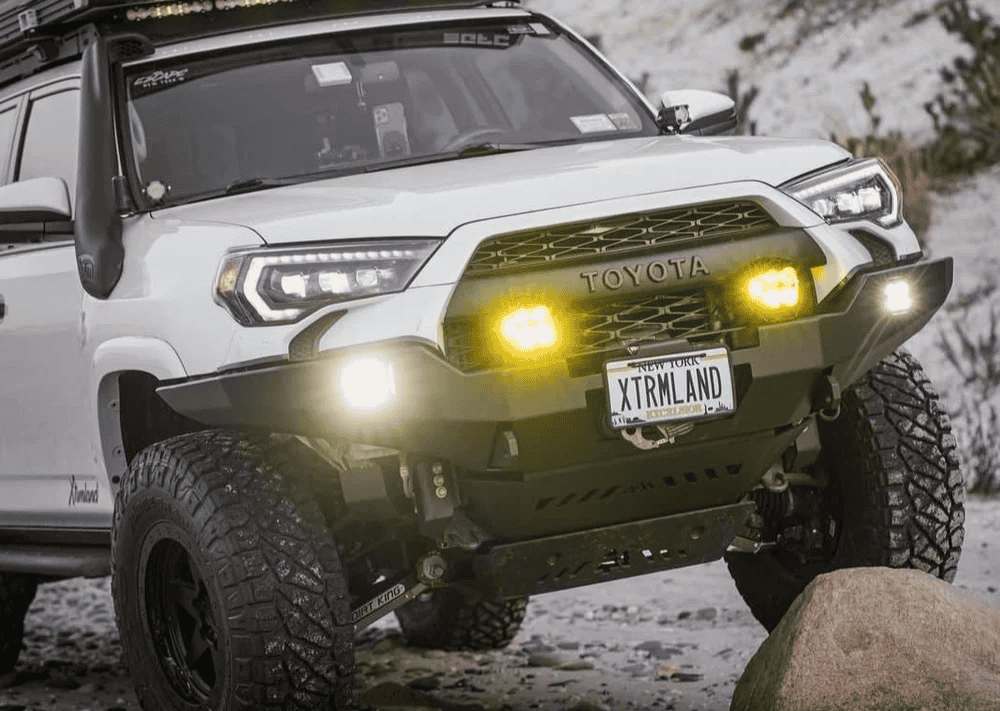Overland Vehicles

Inside a moving vehicle, heat sneaks in or escapes through three pathways: conduction, convection, and radiation. A thermal insulation package tackles all three by slowing direct heat flow through panels, calming air movement in cavities, and reflecting radiant energy at the skin of the body. The goal is not just an impressive lab number, but a stable living zone where temperatures change slowly and predictably.
R value on a spec sheet tells only part of the story. Vehicles have metal ribs, brackets, and window openings that create thermal bridges which short circuit insulation. A great package pairs the right materials with thermal breaks to interrupt those bridges. When executed well, passengers experience smaller temperature swings, quicker warmup or cooldown, and less reliance on heaters and air conditioning.
Another role is acoustic control. The same approach that blocks heat can tame droning road noise and panel resonance. Combined thermal and acoustic treatments lower driver fatigue and make conversations comfortable at highway speeds.
Vehicle shells are thin, curved, and full of structural ribs, all of which make heat behave unpredictably. Insulation must bend, wrap, and maintain contact without compressing excessively, since compression reduces performance.
Published R values assume perfect installation. In practice, gaps, crushed areas, and metal contact points lower effective resistance. Thoughtful detailing around edges and seams often delivers more comfort than simply adding more thickness.
Warm moist air meeting a cold panel can hit the dew point and form condensation. A good package manages vapor and allows incidental moisture to dry, preventing odor, corrosion, and mold.
No single material solves every challenge. The best results come from layering compatible solutions.
Window strategy matters. Insulated shades with reflective faces can cut solar load dramatically and prevent cold air pooling at night. Floors benefit from compressive layers that resist point loads while reducing cold soak from the ground. Roofs face the highest solar gain, so prioritizing that surface often yields the biggest comfort improvement.
A well planned thermal insulation package changes how a cabin feels hour by hour. In summer, interior surfaces stay cooler, which means a smaller temperature gradient and less radiant discomfort. In winter, heat loss through ribs slows, and drafts diminish as cavities are sealed and thermal breaks installed. The HVAC system cycles less, batteries last longer off grid, and noise levels drop.
Small details compound. Wrapping metal frames with thin foam before applying bulk insulation disrupts thermal bridges. Aligning seams so they do not overlap in one cold path improves performance. Leaving service channels for wiring and fasteners maintains future access without tearing open finished walls.
Every climate sets its own priorities. Desert travel puts a premium on solar control and radiant barriers. Mountain winters reward thicker walls, insulated floors, and tight vapor management. Coastal humidity demands drying pathways and materials that do not trap moisture.
Vehicle shells vary widely. A cargo van differs from a composite camper body or a pickup canopy. Professional design tailors materials, layer order, and thickness to the platform, preserving service access and safety systems.
Insulation choices influence heater sizing, air conditioning performance, and battery loads. Coordinated planning keeps comfort high while minimizing energy draw.
Material density and fire behavior matter in a moving home. Using rated products, protecting wiring, and avoiding corrosion traps extend the life of the build.
If you are planning serious travel or off grid living, start with the envelope. Our team designs insulation packages as part of complete vehicle systems, aligning thermal layers with mount points, wiring, and interior cabinetry. For big mile adventures, explore our Overland Rigs overview to see how we bring structure, power, and comfort together: overland rigs.
Want a package shaped around your platform and climate goals? See how we tailor materials and layer order to your use case on our upfit page: custom overland upfit. For a look at our approach, values, and track record from the shop in Fayetteville Arkansas, visit: why choose ozk customs.
Thermal comfort is freedom on the road. Tell us how you travel, where you go, and what matters most inside your cabin, and we will engineer a thermal insulation package that fits. From quiet highway days to frost lined mornings, we turn your vehicle shell into a steady, comfortable living space. Submit the form and we will map a clear plan, timeline, and investment so you can roll out confident.
Ready to feel the difference a quiet, climate controlled cabin makes on every mile? Our team in Fayetteville Arkansas designs thermal insulation packages that fit your platform, climate, and travel style. Tell us about your rig and trip goals, and we will engineer a solution that pairs insulation, sound control, and HVAC integration. Submit the form to book your consult and get a clear path to year round comfort.
ADDRESS:
6159 E Huntsville Rd, Fayetteville, AR 72701
PHONE:
(479) 326-9200
EMAIL:
info@ozkvans.com